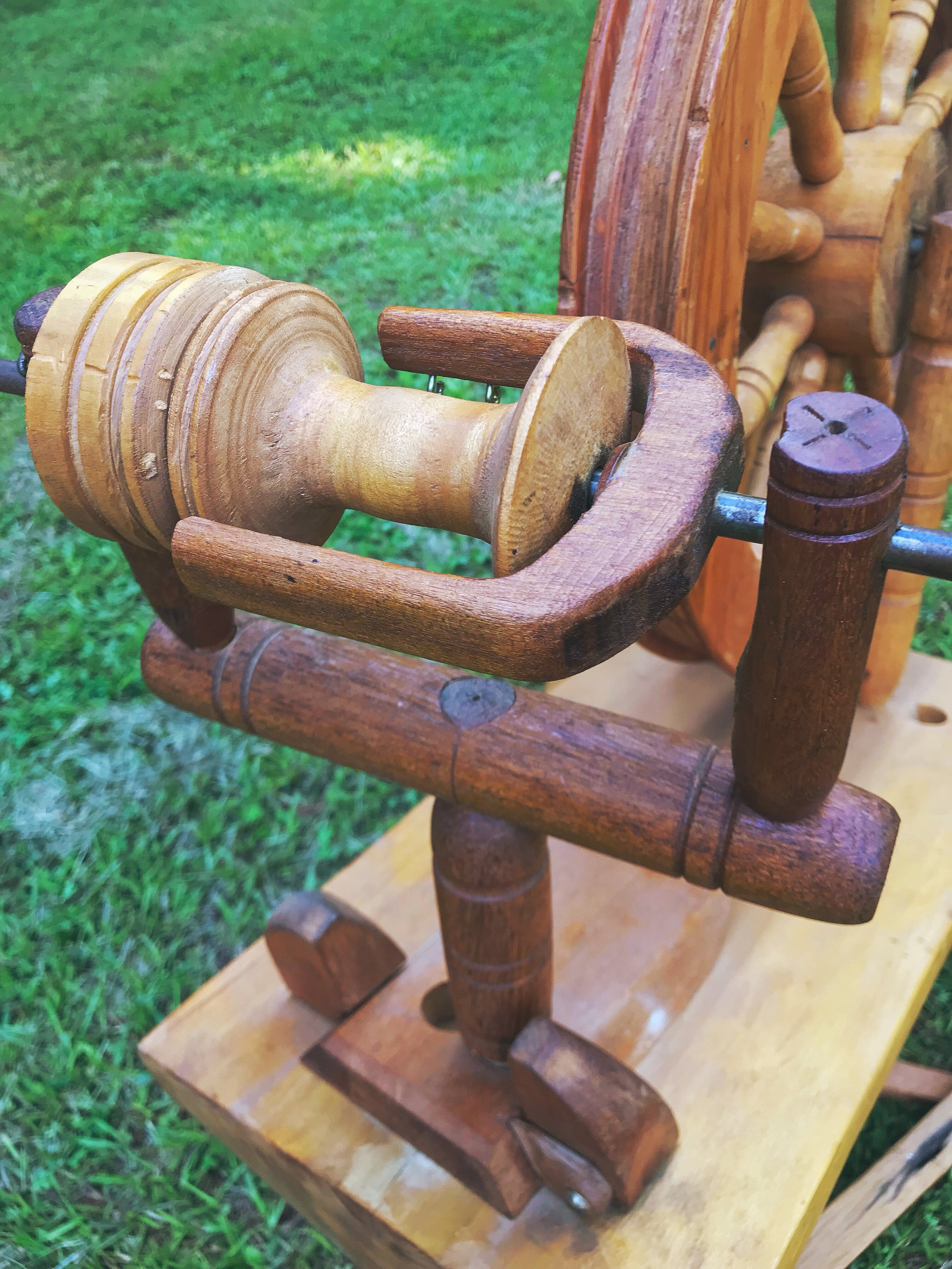Strawberry Season
With the end of April and coming of May, strawberry season has arrived here in my little part of Southern Appalachia. Luckily, we have a local farm that grows strawberries and peaches. I always love to visit their farm store to see shelves of ripe, red strawberries ready to be yummy treats.
I went and picked up a flat of them to make my favorite jam this week.
I’ve never made strawberry jam before but I love it so much. On toast, peanut butter and jam sandwiches, on ice cream and jam cookies. I’ll eat strawberry jam every day of the week. So, naturally, I knew I needed to make my own instead of buying my favorite strawberry jam at the store for $5 a jar.
It was a simple enough process and it turned out great! It was a wonderful rainy day activity too.
Recipe I used
3 quarts of strawberries
Juice of 2 lemons (zest opiontal)
1 1/2 cups of cane sugar
Distilled white vinegar
Cut the tops off of the strawberries and quarter them. Fill the pot you’ll be using to cook them down with the quartered strawberries. Add the lemon juice and sugar, stir to make sure the strawberries are coated in the sugar. Allow to sit for up to 2 hours to allow the sugar to extract the strawberry juice. This will give the jam a better flavor than using water to cook them down in. Once you have a good amount of juice in the pot, cook on medium heat while stirring and make sure to not allow it to boil over. Cook until reduced by half. If you like smoother jam, allow to cool then blend smooth. If not, simply use a potato masher to break up the bigger chunks.
Fill your jars with jam, wiping the rims clean with distilled white vinegar on a cloth.
I love this jam on sourdough or shortbread cookies! The sweet taste of early Summer in a jar.






































